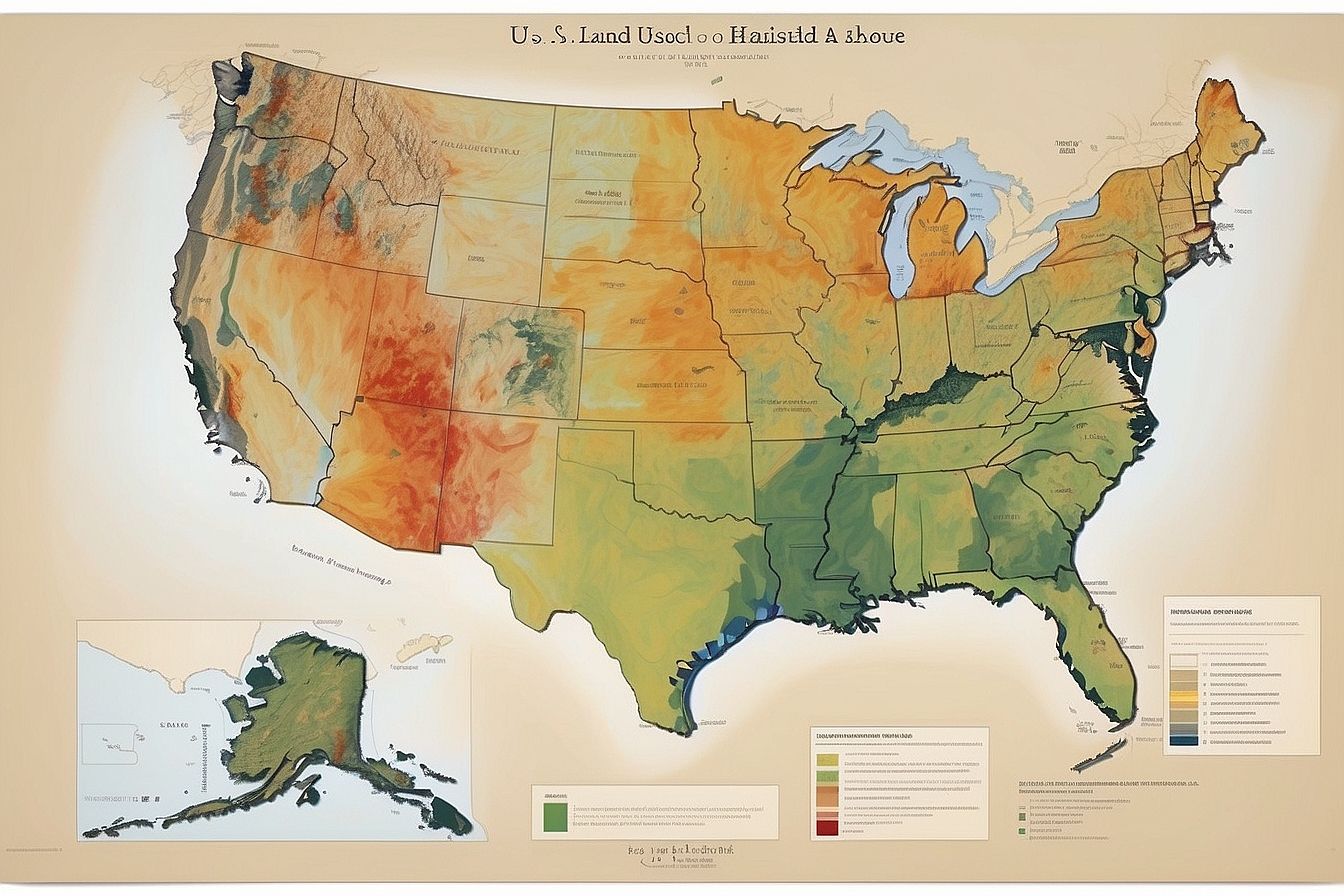Rejuvenating the land that has suffered at the hands of degradation is a noble endeavour we hold close to our hearts. It’s not lost on us that each year 12 million hectares of precious land fall into disrepair.
We’re poised to bridge the knowledge gaps and tackle the environmental hurdles standing in the way of effective land rehabilitation. Join us as we embark on this journey, brimming with resolve, to revitalise our planet for generations to come.
Key Takeaways
- Land rehabilitation is stalled by a lack of knowledge on proper restoration techniques, causing many projects to be ineffective.
- A robust system for monitoring and evaluating progress is critical to the success of land restoration efforts.
- High surface runoff leads to soil erosion, posing a significant challenge in restoring degraded land; strategies like terracing and planting vegetation can combat this issue.
- Research into restoration ecology is vital for expanding our understanding and capacity to rehabilitate ecosystems successfully.
- Training programs aimed at local communities are essential for equipping them with the skills needed for sustainable environmental rehabilitation.
The Challenges of Land Rehabilitation
Rehabilitating degraded land is a complex process, often hindered by a lack of knowledge and understanding of effective restoration techniques. Poor monitoring and evaluation also make it difficult to assess the success of rehabilitation efforts, leading to continued environmental degradation.
Additionally, high surface runoff poses a challenge to the establishment of healthy vegetation on restored land.
Lack of knowledge
We often face a serious challenge in land rehabilitation because of a widespread lack of knowledge. Many individuals and organizations don’t fully understand the complexities involved in restoring degraded land or ecosystems.
They may not be familiar with the most effective strategies for soil remediation, sustainable land management, or ecological recovery. This gap in understanding can lead to ineffective restoration efforts that fail to address key environmental issues like deforestation and soil erosion.
To successfully rehabilitate lands affected by environmental degradation, we must expand our knowledge base. We need more research into restoration ecology and better dissemination of this information among conservationists and those involved in natural resource management.
Training programs targeted at local communities could empower them with the necessary skills for environmental rehabilitation initiatives. It’s crucial that knowledge is not just held by experts but shared widely so everyone has access to the tools needed for sustainable land use and ecosystem rehabilitation.
Poor monitoring and evaluation
Effective land rehabilitation relies heavily on proper monitoring and evaluation. Monitoring the progress of rehabilitation efforts helps to track changes in soil quality, vegetation growth, and overall ecosystem health.
Without regular and thorough evaluations, it becomes difficult to identify areas that require adjustments or additional support.
Inadequate monitoring can lead to missed opportunities for improvement and may result in inefficient use of resources. It’s essential to establish clear benchmarks for progress and regularly assess whether these targets are being met.
High surfaces runoff
Addressing high surfaces runoff is crucial in land rehabilitation. We must implement measures to prevent excessive water flow from these surfaces, which can contribute to erosion and the degradation of soil quality.
Implementing strategies such as the construction of retention ponds or terracing can help manage runoff effectively, thereby safeguarding the integrity of rehabilitated land.
Furthermore, incorporating vegetation and ground cover on high surfaces is essential in minimising runoff. By promoting healthy root systems through strategic planting, we can significantly reduce surface water flow and optimise the absorption capacity of the soil.
Conclusion
In conclusion, addressing the challenges of land rehabilitation requires a multi-faceted approach. Experts need to share knowledge and best practices for effective restoration. Improving monitoring and evaluation processes is crucial for assessing progress and identifying areas for improvement.
Implementing sustainable practices can help reduce high surface runoff that hinders successful land rehabilitation efforts. Additionally, fostering collaboration among stakeholders is fundamental to overcoming these obstacles and achieving long-term ecological restoration goals.
FAQs
1. What is land rehabilitation and why is it challenging?
Land rehabilitation involves restoring degraded land to a healthy state, which can be demanding due to the need for ecological restoration, soil rehabilitation, and sometimes habitat restoration.
2. How does environmental restoration factor into land reclamation?
Environmental restoration plays a key role in land reclamation by ensuring that reclaimed areas are returned to natural or usable conditions that support life and biodiversity.
3. Can we always fix damaged landscapes through ecological restoration?
Ecological restoration aims to repair damaged landscapes, but it’s not always possible; some challenges include loss of native species, soil degradation, and the vast scale of affected areas.
4. What makes habitat restoration an important part of rehabilitating land?
Habitat restoration is crucial in bringing back local wildlife and plants which helps rebuild ecosystems during the process of rehabilitating degraded lands.





